Transforming management goals
Dr. Nguyen Quang Tiep - Director of the Institute for International Economic Training Research, commented that the draft Law on Vocational Education (amended) supplementing regulations on Standards for vocational education institutions with general requirements on quality assurance conditions and nine key performance indicators is a strategic step, demonstrating the State's vision and determination in comprehensively improving the quality of vocational training.
This is a fundamental change, moving from input-based management to output-based management and performance.
From a research and training perspective, Dr. Tiep assessed that this is the right direction, approaching international standards; however, the implementation process will face many advantages and challenges, especially in a dynamic and diverse economic center like Ho Chi Minh City.
According to Dr. Tiep, first of all, establishing a common set of standards creates consistency in quality throughout the system. This brings transparency and accountability. Learners, parents and especially businesses have a clear basis to evaluate and choose reputable training facilities.
Nine key performance indicators, if scientifically developed, will be an objective measure of a school’s performance, from enrollment rates, graduation rates, to the number of students with jobs in their fields and the level of satisfaction of businesses. Next, this set of standards acts as a lever, promoting healthy competition.
Vocational training institutions are forced to look back at themselves, self-evaluate to have investment plans, improve programs, enhance the capacity of teaching staff and innovate management methods. Weak schools that do not meet minimum standards must eliminate themselves or merge, contributing to cleaning up the system.
In Ho Chi Minh City, where there are hundreds of vocational training institutions with uneven scale and quality, this is a necessary screening mechanism to reshape the vocational training map towards high quality. At the same time, standardization helps Vietnamese vocational education integrate more easily internationally. When we have a clear quality assessment system, the qualifications of learners will be widely recognized, creating favorable conditions for labor mobility in the region and around the world.
Sharing the same view, Dr. Vo Hong Son - Principal of Da Nang College of Commerce said that, up to now, there has been no binding mechanism for all vocational training schools to participate in quality assessment.
“Meeting the standards for vocational training institution accreditation is a commitment of the school’s responsibility to learners and the community. This is also the basis for affirming the school’s position on the vocational training network planning map, opening up favorable opportunities in domestic and foreign cooperation relationships. However, each vocational training institution will have different goals and directions, while accreditation is not mandatory. Therefore, not all vocational schools are ‘keen’ on it,” Mr. Son shared.
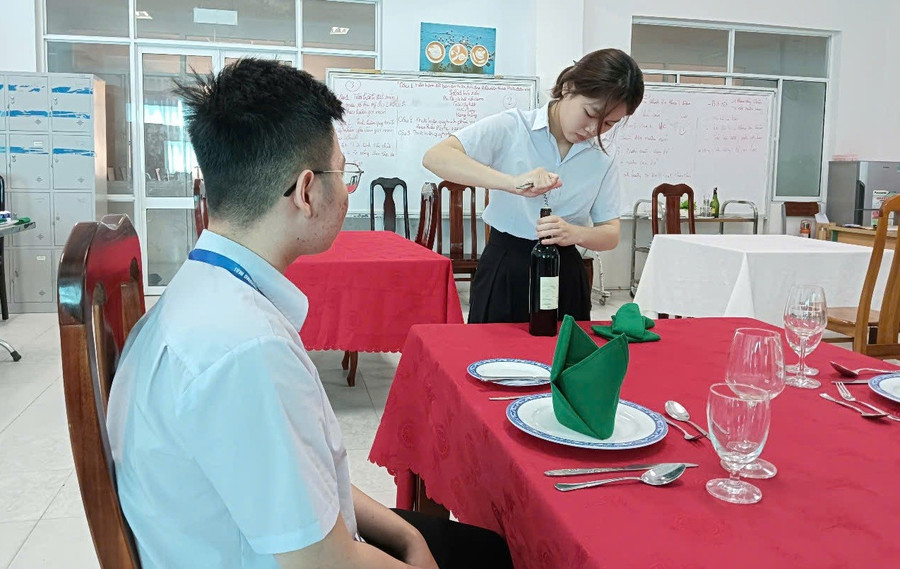
Strictly manage facilities and staff
Mr. Nguyen Ngoc Phuc - Head of Training Department, Lai Chau College, said: "Supplementing regulations on Vocational Education Institution Standards including general requirements on quality assurance conditions and key performance indicators for vocational education institutions is very necessary. Accordingly, unlicensed vocational education institutions will be inspected and stopped; this is to review and re-plan the network of vocational education institutions, and improve training quality."
Along with that, the clearer and stricter these regulations are, the more it will limit educational institutions from operating without ensuring conditions regarding facilities and teaching staff.
“There is a reality that many vocational training institutions do not ensure facilities, and the limited teaching staff still provide training, leading to poor training quality. After recruiting, businesses have to retrain. Therefore, this regulation aims at the goal that schools must focus on training programs, facilities, and staff to ensure the quality of human resources,” Mr. Phuc added.
According to Associate Professor Dr. Duong Duc Hong - former Vice Principal of Hanoi Polytechnic Vocational College, when facilities and teaching staff are guaranteed, it will create trust for students and parents. Because learning is a lifelong process, after vocational training, many people still want to study at university or postgraduate level. Therefore, the quality and knowledge that students receive at college level are very important, not only for work, but also to create a foundation for studying at higher levels.
In addition, vocational training institutions need to train learners to meet professional standards, thereby limiting the need for businesses to retrain, which is costly and time-consuming. To achieve that, Mr. Hong said that it is necessary to clearly define training programs and output standards. In particular, vocational education is managed by the Ministry of Education and Training, so having clear regulations on training program standards will help the vocational training sector to improve to meet new standards, helping to expand the path for learners to demonstrate improved qualifications.
To do so, before enrolling or registering to open a new major, schools need to prepare based on the regulations in the Law on Vocational Education. The clearer and stricter the regulations, the easier the control process; the more convenient it is for the authorities to inspect and grant licenses. At the same time, students, parents, and businesses can also feel secure because the facility is evaluated and inspected...
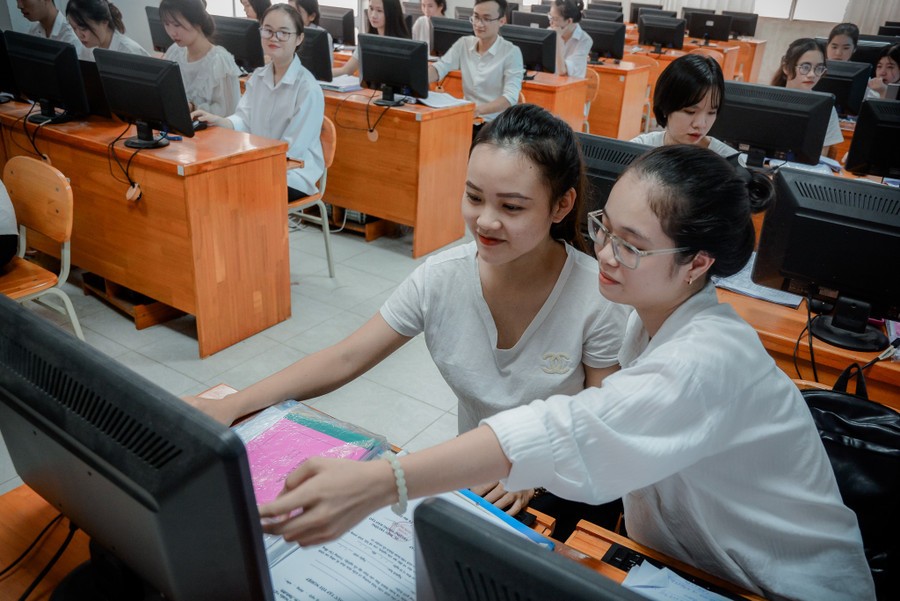
Reasonable roadmap for vocational schools to adapt
According to the inspection results of the Vietnam Education Inspection and Consulting Joint Stock Company in August 2024, Da Nang College of Commerce met 9/9 criteria with 92/100 standards for quality inspection of vocational education institutions. However, according to Dr. Vo Hong Son, if compared with the general requirements on quality assurance conditions and nine performance indicators of vocational education institutions as set out in the draft, the school needs to develop a roadmap and focus on financial resources to be able to meet them.
“For example, the school must expand the library area to meet the training scale and invest in more convenient dormitories. Basically, the school's teaching staff meets the criteria for training level and lecturer/student ratio, but still has to adjust to meet the requirements of the right training profession. Currently, for some subjects, the school is using lecturers trained in related or interdisciplinary fields,” Mr. Son informed.
However, the road from draft to practice is full of challenges. The biggest difficulty is the gap in capacity between vocational training institutions. In Ho Chi Minh City, besides leading colleges and intermediate schools with abundant resources, there are countless small establishments, especially private vocational training centers, operating with limited facilities and finances.
To effectively implement this regulation, Dr. Tiep said that there needs to be a flexible implementation roadmap and support from state management agencies. Instead of applying it all at once, it can be divided into phases, with priority given to piloting in a group of schools with good conditions, from which to learn from experience and replicate.
At the same time, there needs to be a set of transition criteria for weaker facilities to have time and direction for improvement. There needs to be a specific support program: preferential credit packages for schools to upgrade facilities; intensive training courses for leadership and management teams on school governance based on performance indicators (KPIs) and quality assessment.
“The most important thing is to strengthen the connection between schools, businesses and the state. This is the key. Businesses must be part of the process of building standards and assessing quality. Their participation not only ensures the practicality of the training program, but is also the most effective channel to verify the quality of output, helping indicators such as employment rate or satisfaction level become reliable,” Dr. Tiep emphasized.
Vocational education institution standards with many general requirements on quality assurance conditions and key performance indicators for vocational education institutions are a common measure for vocational schools to improve their facilities, staff, accompanying services, etc. to improve training quality.
Source: https://giaoducthoidai.vn/du-thao-chuan-co-so-gd-nghe-nghiep-nang-cao-toan-dien-chat-luong-dao-tao-post742279.html





![[Photo] Prime Minister Pham Minh Chinh receives Lao Minister of Labor and Welfare Phosay Sayasone](https://vphoto.vietnam.vn/thumb/1200x675/vietnam/resource/IMAGE/2025/11/11/1762872028311_dsc-2246-jpg.webp)












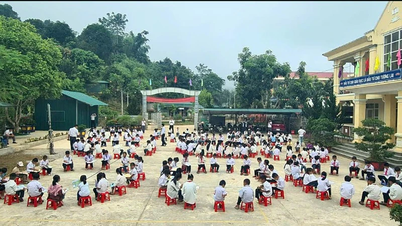



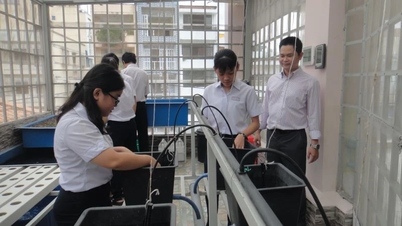

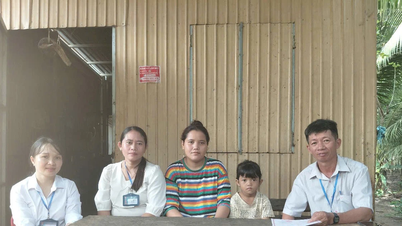





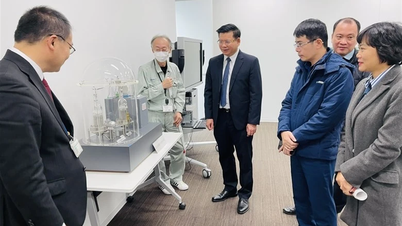










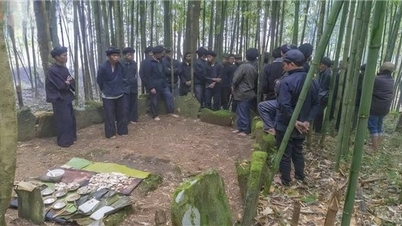






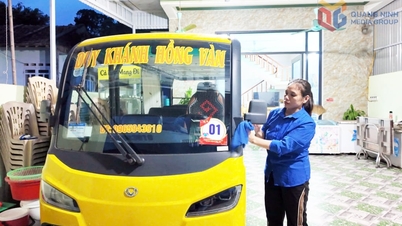





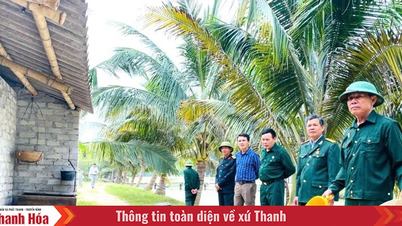


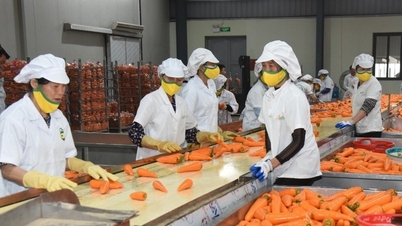

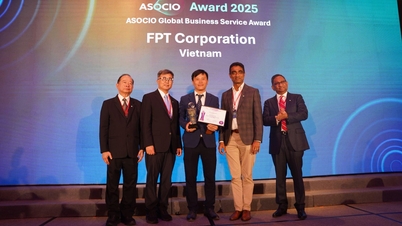













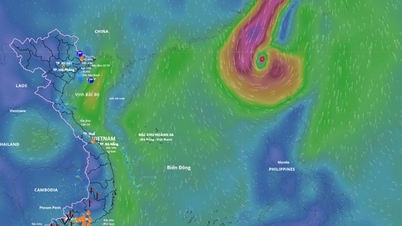








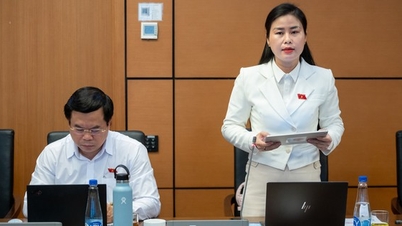
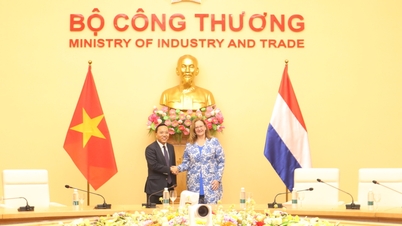



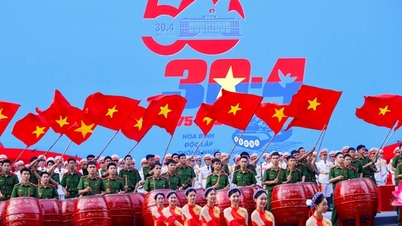
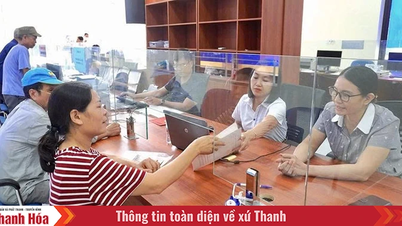
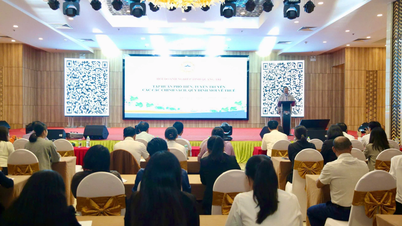




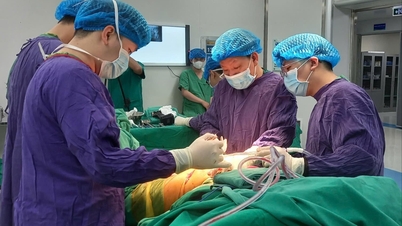

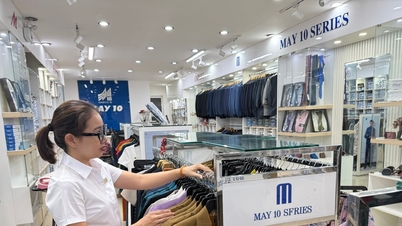




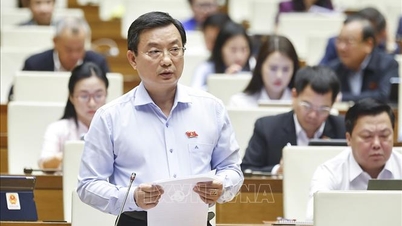

![Dong Nai OCOP transition: [Article 3] Linking tourism with OCOP product consumption](https://vphoto.vietnam.vn/thumb/402x226/vietnam/resource/IMAGE/2025/11/10/1762739199309_1324-2740-7_n-162543_981.jpeg)








Comment (0)